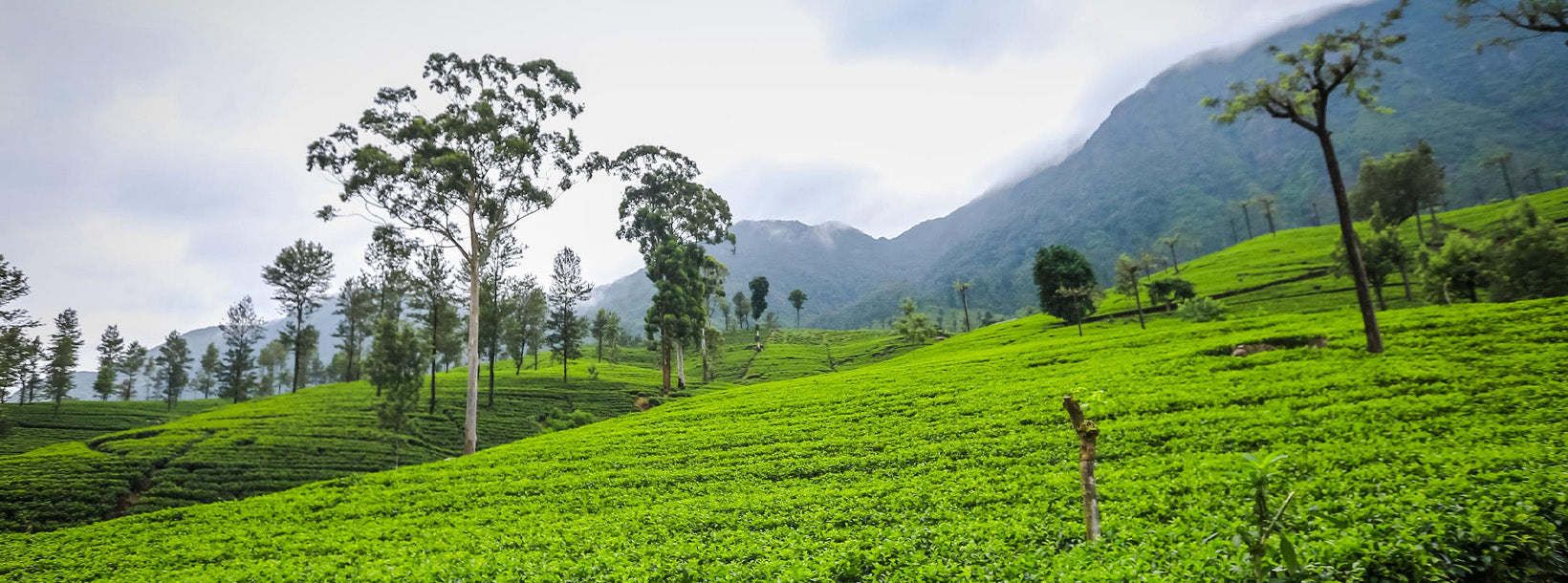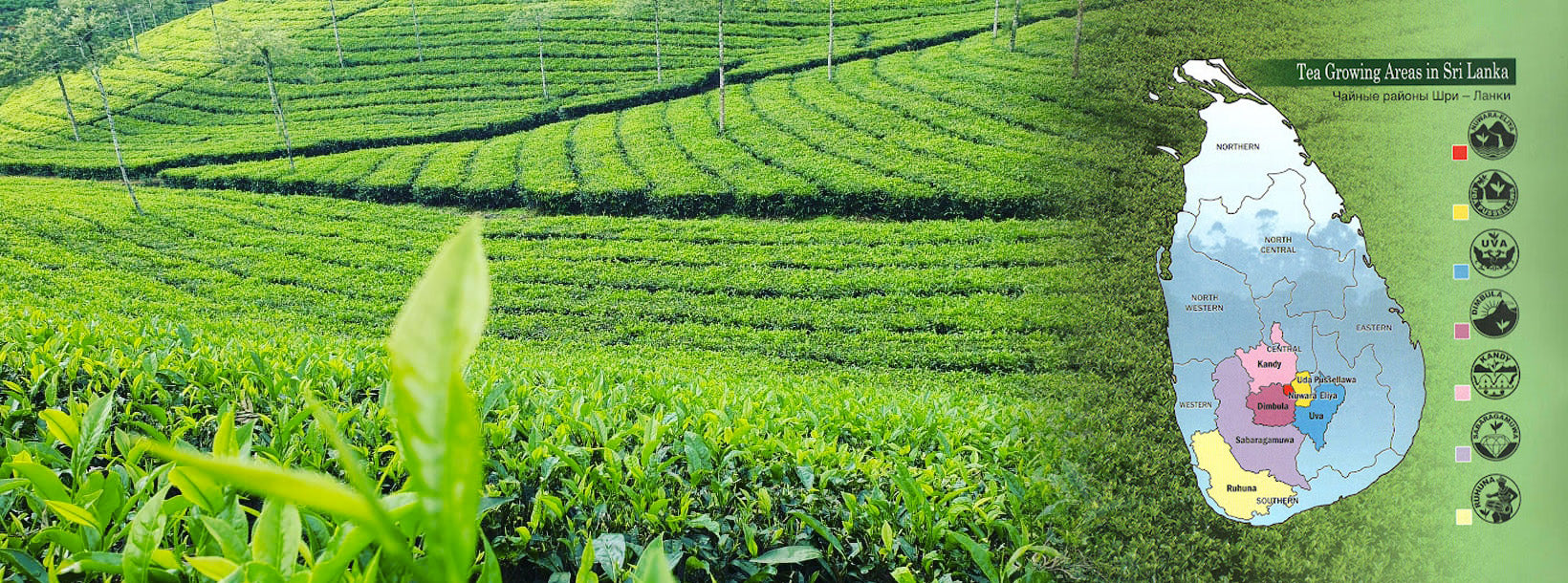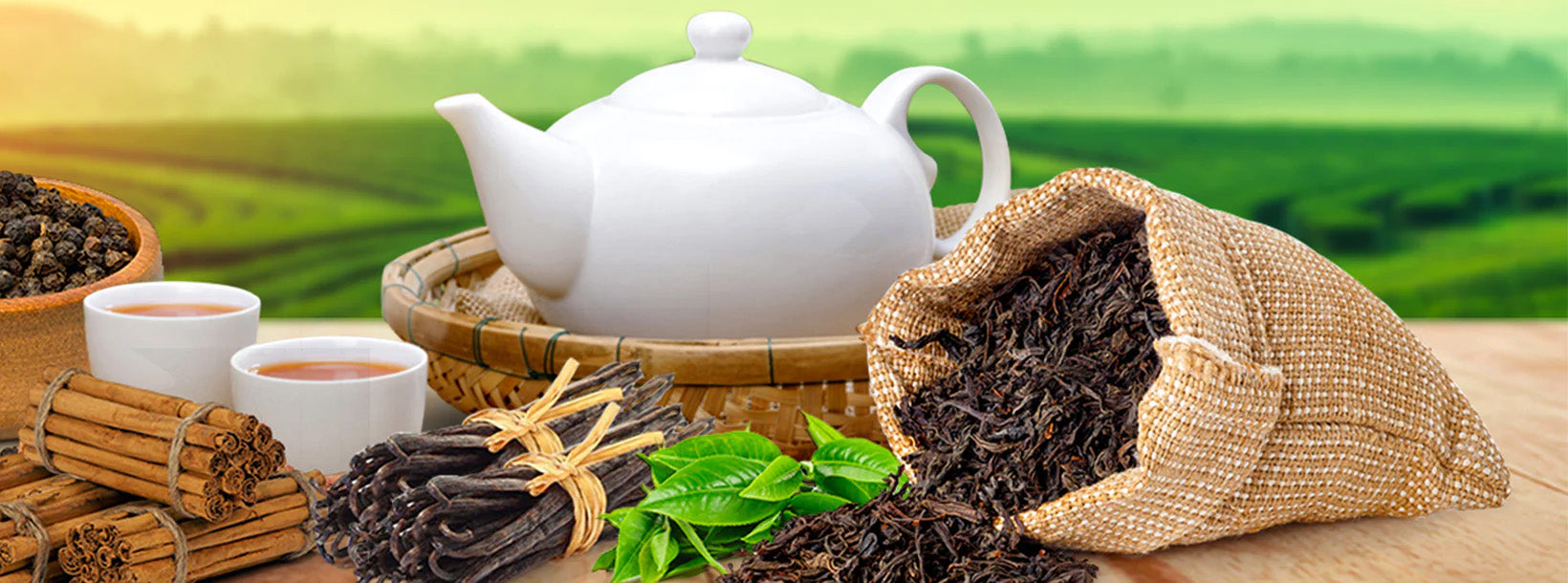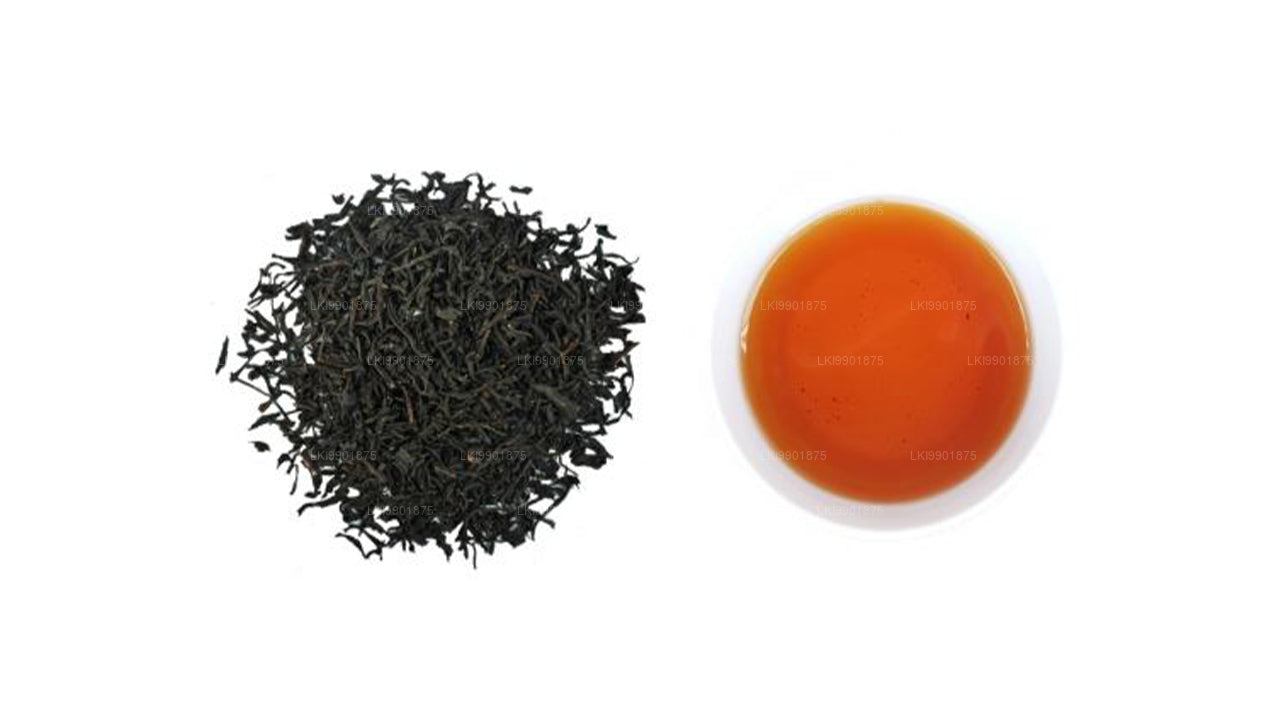
Tea Estates
Sri Lanka’s tea estates, primarily located in the central highlands, are renowned for producing some of the world’s finest tea. These lush plantations, such as those in Kandy, Nuwara Eliya, and Hatton, offer scenic landscapes and a rich history. The estates contribute significantly to the country’s economy, exporting high-quality Ceylon tea worldwide.

Ceylon Tea Regions
he brew in your cup has a story to tell. It speaks of rolling hills, abundant sunshine, and lush provinces.In Sri Lanka, the central and southern provinces produce most of its tea. Varying elevations and micro-climates influence the distinctive flavour, colour, aroma and seasonality of Ceylon tea.

Ceylon Black Tea Grades
Ceylon Tea as we now know comes in different varieties, which has flavors and aromas unique to itself. Along with the a variety of teas, there are varieties of grades that Ceylon tea has been separated into.
James Taylor
James Taylor is the father of Sri Lanka’s prolific tea industry. Born on the 29th of May 1835 in Kincardineshire, Scotland; Taylor was an enterprising British individual migrated to the tropical paradise of Sri Lanka in 1852. He settled down in the lands that are now known as the Loolecondera Estate. Ceylon was concentrating on coffee plantation at the time; until the trees were struck with a disease known as coffee rust or the rust blight.
Shocked by the outcome, James Taylor and the other migrant British began looking at alternatives. Unable to find any possible options from his chilly homeland of Britain, that would fit the tropical climes of Ceylon; James decided to visit the nearby India instead. Tea was just starting to take off in India at the time; and he had heard rumors of this miracle plant that gave the most divine and best loved drink of the British. Tea had been imported from Eastern countries such as China up until that point; and therefore, was very expensive. When James Taylor arrived in India in 1866, tea was still a budding industry. Taylor learnt all the modern techniques available at the time and returned to Sri Lanka.
The First Tea Plantation
Sri Lanka’s first tea plantation began in 1967 on an estate of just 19 acres (77000 m2), and was named the Loolecondera Estate by James Taylor. He created the estate by clearing the necessary area of forest in the district of Hewaheta Lower. James’ studies in India had shown him that this area was the perfect environment for growing tea. The first seedlings were planted in what is now Field No 7 in the Loolecondera Estate. Taylor’s assumptions were correct as the trees flourished; and in 1972, he personally attended the building of a large tea factory according to his specifications. Many of the machines were creations of Taylor himself, in order to speed up the process of tea manufacture and to maintain its quality. This was recorded by James Taylor himself as he wrote "I have a machine of my own invention being made in Kandy for rolling tea which I think will be successful".
Shortly after construction the factory started manufacturing packeted tea. In 1875, the trademark of Ceylon Tea began its life with the very first shipment of tea that was sent to the London Tea Auction. It was very successful and many tea estates started to be created all over Ceylon. During the period when Taylor lived on the Loolecondera estate, the export of tea from Ceylon accelerated from 23 pounds to 81 tonnes; and in 1890 it reached the level of 22,900 tonnes.
Taylor meets Lipton
In the early 1890s larger tea companies started taking ove






